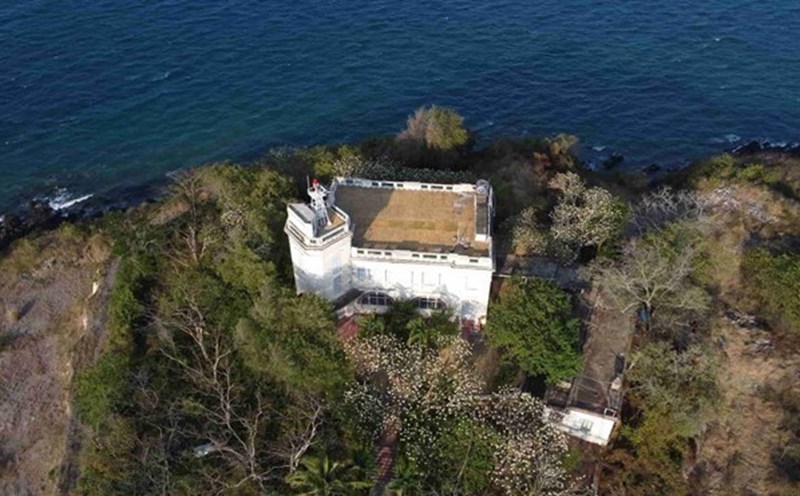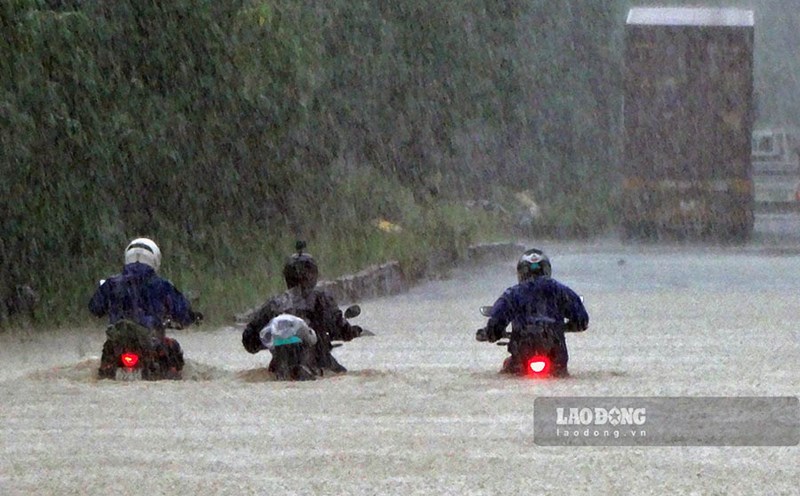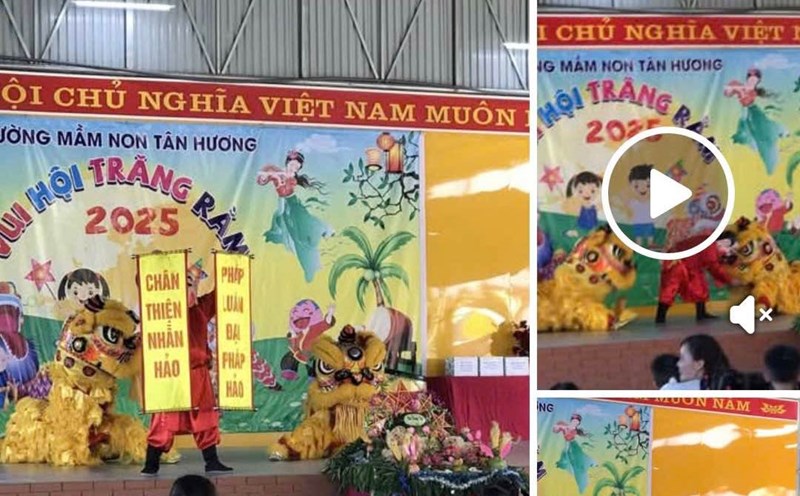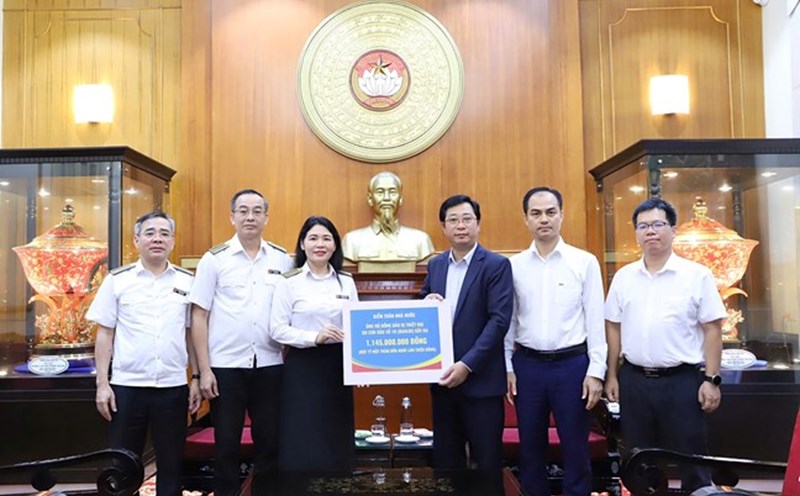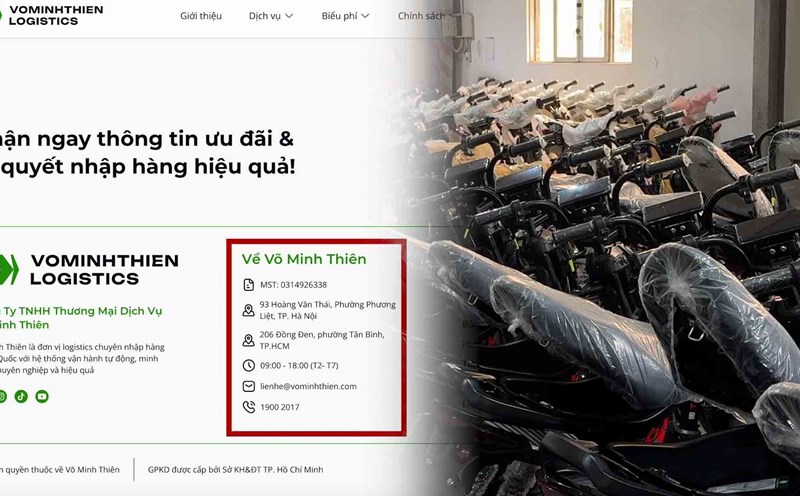The Ho Chi Minh City People's Committee has just issued a document to relevant departments, branches and People's Committees of wards, implementing the conclusion of the direction of Ho Chi Minh City Party Secretary Tran Luu Quang at the survey and inspection of the progress of the Xuyen Tam canal dredging, environmental improvement and infrastructure construction project (September 23, 2025).
The Chairman of the Ho Chi Minh City People's Committee requested that all compensation, support, resettlement and site clearance for the project must be completed in November 2025, in accordance with the conclusion of Ho Chi Minh City Party Committee Secretary Tran Luu Quang.
To implement this, the Director of the Department of Agriculture and Environment was assigned to preside over and coordinate with relevant units to establish a specialized Working Group and an assisting advisory group.
In which, the leaders of the Department of Agriculture and Environment will hold the role of Team Leader, the leaders of the Department of Construction will be Deputy Team Leaders; members include the investor, the Compensation and Site Clearance Board of Binh Thanh and Go Vap districts and leaders of the People's Committees of Binh Loi Trung, An Nhon, Binh Thanh, and Gia Dinh wards.
The working group is responsible for reviewing and handling all problems related to compensation, support, and resettlement; clearly identifying the amount of work still pending in each ward; at the same time, proposing solutions or transferring them to competent authorities for consideration and resolution. The deadline for completing this work is no later than October 5, 2025.
In addition, the Working Group must report every two weeks on the implementation results. Issues beyond the authority will be compiled for the Chairman of the Ho Chi Minh City People's Committee to chair a meeting and direct immediate handling, in order to ensure the site clearance progress is on schedule.
For the People's Committees of relevant wards, local leaders must directly participate in the Working Group, and urgently review and thoroughly handle the existing problems of compensation, support and resettlement within the scope of management. If necessary, it is necessary to coordinate and report to the Working Group to propose to competent authorities for resolution.
The Chairman of the Ho Chi Minh City People's Committee emphasized that the head of the unit will be responsible if there are delays in the process of resolving policies and procedures under his authority.
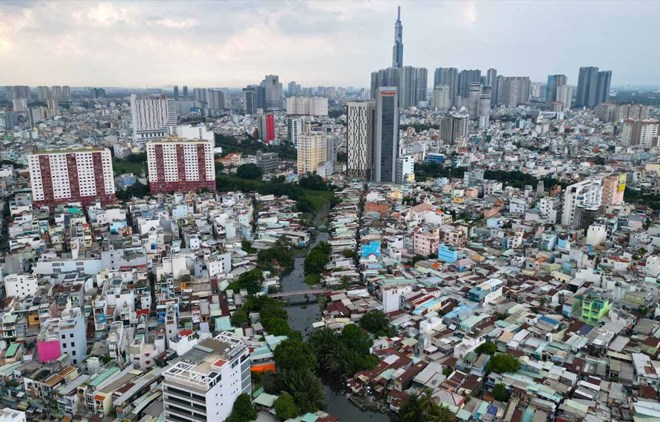
Xuyen Tam Canal is nearly 9 km long, connecting from Nhieu Loc - Thi Nghe canal to Vam Thuat river, flowing through An Nhon ward (old Go Vap district), Gia Dinh, Binh Thanh and Binh Loi Trung (old Binh Thanh district).
The main route is 6.7 km long, connecting from Nhieu Loc - Thi Nghe canal to Vam Thuat river; the remaining three branch lines are about 2.2 km long.
The total investment of the project is over VND17,000 billion, of which the cost of compensation, support and resettlement alone accounts for about VND14,000 billion. The project needs to reclaim land from more than 2,230 households and organizations.
Currently, the XL-03 package, which started construction in May 2025, still has 29/138 households in An Nhon ward and 20 cases in Binh Hoa residential area (Binh Loi Trung ward) that have not yet handed over the site.
Two major packages, XL-01 (from Nhieu Loc - Thi Nghe canal to Bui Dinh Tuy bridge, including Cau Son canal) and XL-02 (from Bui Dinh Tuy bridge to Luong Ngoc Quyen street, including Binh Loi and Binh Trieu canals) are expected to start construction in November 2025, but are also facing many difficulties in reclaiming the land of 2,078 households.
The application of the 2024 Land Law requires 43 cases in the XL-03 package to be adjusted according to the new compensation plan.
There are 55 households that were once subject to clearance of the Binh Hoa Residential Area project, now converted to the clearance of the Xuyen Tam canal project, so it is necessary to add a compensation plan.
In addition, 394 households transferring by handwritten documents and making documents also required the development of appropriate compensation policies. The project is still stuck in the resettlement policy in the form of lease or lease-purchase, minimum resettlement rate.




